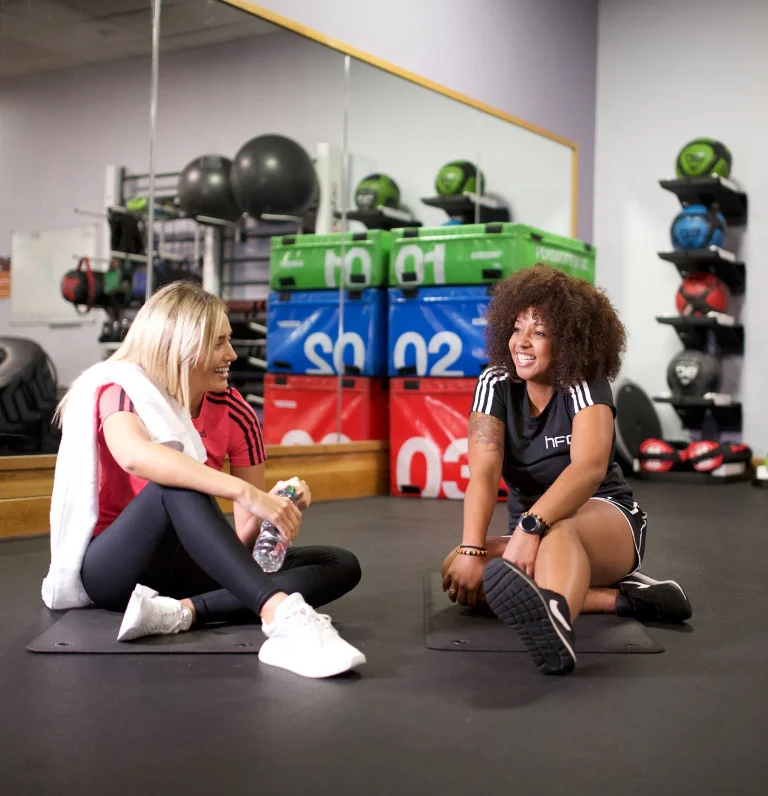Before man learns to walk, he must first learn to crawl, before he can run, he must be able to walk. Crawling is an integral component of our kinesiological development and in infants it is usually the precursor activity to walking.
Some infants miss out on this vital period of development and just get up and walk. Research suggests however that these children often suffer later on in life as a consequence of this missed opportunity. Crawling strengthens the muscles and connective tissues in and around the hands, wrists, elbows, shoulders, spine and hips, which is why this activity is such an important functional milestone. Additionally, this weight-bearing quadruped motion also helps to stretch the ligaments in the hand which facilitates the development of the arches. Crawling also opens up the saddle joint at the base of the thumb, which is essential for being able to perform fine motor skills like holding cutlery, pens and pencils.
As children, non-crawlers often struggle more with activities that require them to lift, carry, support and stabilise their own bodyweight. Consequently, activities like getting up from the ground, climbing on a frame, climbing out of a swimming pool, or playing in a soft play area become more challenging to the child and so their risk of falling and injury increases while performing these activities.
In adulthood, the increasing prevalence of sedentary lifestyles creates the opposite effect, resulting in many of the deep stabilising muscles becoming weak and ineffective at performing their functional role. Muscles and connective tissues weaken, posture changes and instability, dysfunction, tightness and pain usually follow, particularly during physical exertion.
In recent years there has been a notable increase in the number of so called ‘primal’ or ‘Palaeolithic’ exercise and nutrition programmes that advocate patterns of activity and eating consistent with those of the caveman. It really isn’t necessary however to go so far back in time to find functional patterns of movement that offer such value. Crawling exercises are as effective in adults as they are in infants and in many cases can help to restore the optimal musculoskeletal health that has occurred as a result of a sustained period of inactivity.
More specifically, the benefits of crawling include:
- Improved bilateral coordination, a skill that is required when performing many sporting activities, like throwing and kicking a ball or swinging a tennis racquet
- Improved scapular stabilisation because each hand placement requires a stable shoulder in order to effectively transfer bodyweight
- The development of optimum shoulder function; as the scapular stabilisers fix the scapular, the shoulder joint (glenohumeral joint) remains mobile which is how this region performs best
- Develops strength at resisting contralateral rotation of the trunk – this is an essential component of core and spinal stability
- Improves the proportional strength of the muscles, connective tissues and bones in the arms, shoulders, spine and hips. Many resistance exercises develop strength disproportionately to antagonist (opposing) and synergistic (assisting) muscles. It truly is a total body workout.
- An excellent calorie burner
- Portability- crawling can literally be performed anywhere there is space to do so
- Versatility- there are so many different variations of this exercise, including reptilian crawling, bear crawling, crawling forwards, backwards, sideways and from a stationary position
Once competence is developed with bodyweight, resistance can be added horizontally from a sledge or rope, or vertically from a rucksack/backpack to make the crawling motion even more challenging. This exercise is really only limited by the imagination and creativity of the exerciser or their fitness instructor.
Finally, crawling can be integrated into almost any workout to provide a different dimension to the session. It can be used as a specific exercise in a circuit, as transition movement between exercises or during rest periods, and as a competitive activity in a group exercise session/class.
In part 2 of this blog post we will explore the 2 most common crawling exercises and provide specific guidance and instruction on how to perform these effectively.

